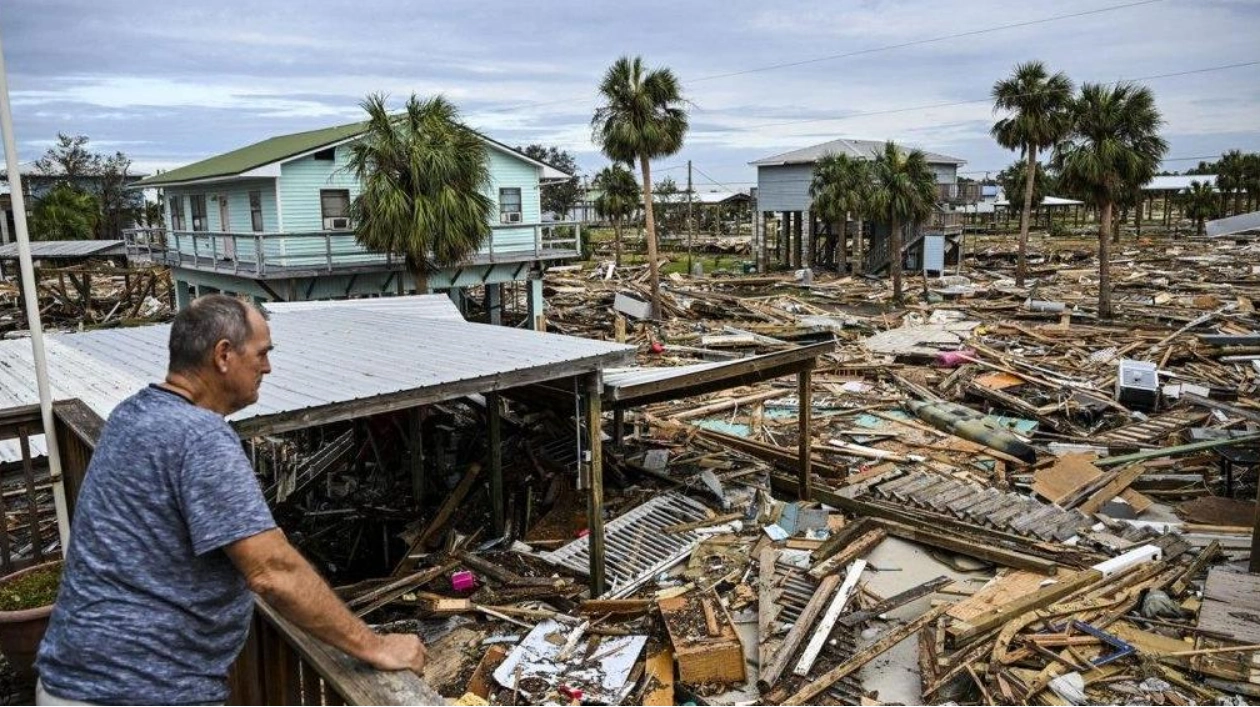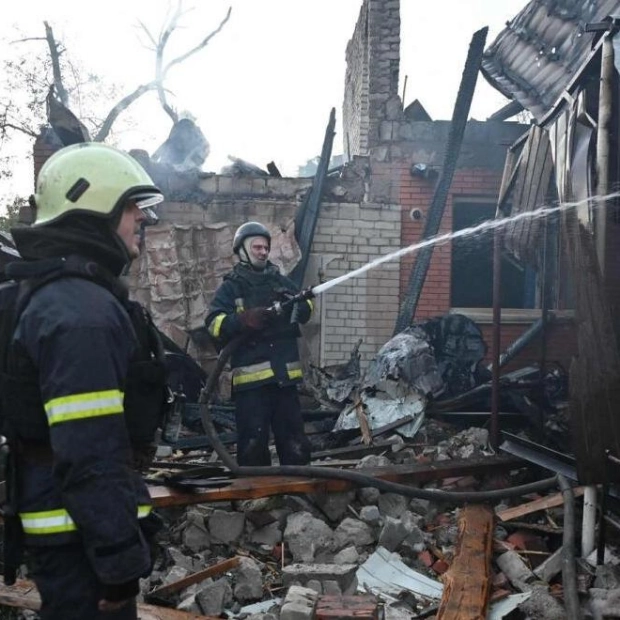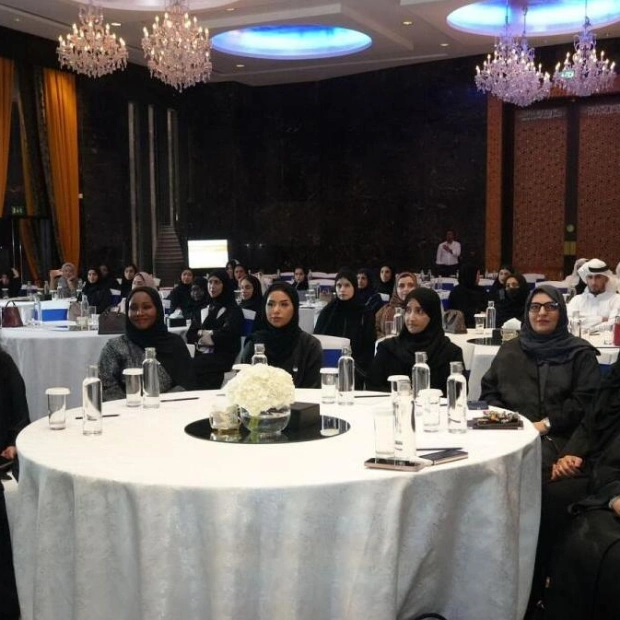Hurricane Helene may have already battered the Southeast, but its deadly aftermath could persist for a decade or more. Tropical cyclones, which encompass hurricanes like Helene and other swirling storms, elevate local death rates for up to 15 years after they sweep along U.S. coastlines, scientists reported on October 2 in Nature. Each storm may indirectly cause between 7,000 and 11,000 fatalities, estimates University of California, Berkeley environmental economist Rachel Young and Stanford University economist Solomon Hsiang. This is a staggering figure compared to the official death toll—24—that the National Oceanic and Atmospheric Administration attributes to the average storm in their analysis. The findings suggest that “hurricanes and tropical storms pose a much larger public health concern than previously believed,” Young states.
Using a statistical model, Young and Hsiang examined the impact of all 501 tropical cyclones that struck the contiguous United States from 1930 to 2015. They measured mortality changes for up to 20 years post-storm. Their analysis indicates that a single hurricane could indirectly result in thousands of deaths. Collectively, these storms might have contributed to as much as 5 percent of all deaths during that period. Infants and Black populations were particularly at risk, the team discovered.
Young and Hsiang are uncertain about all the ways hurricanes contribute to mortality, but they have some theories. The stress of surviving such a storm, or the pollution left in its wake, could harm people’s health. Alternatively, local governments might have less funding for healthcare after rebuilding damaged infrastructure. It could be a combination of these factors and others, Young suggests. She is keen on uncovering the underlying causes.
In the interim, Young believes her team’s research underscores the need for new disaster response policies—ones that consider the long-term impact of hurricanes. “We rally together to assist people immediately after these disasters,” she says. “But we must also consider their needs long after the initial responses have ended.”






